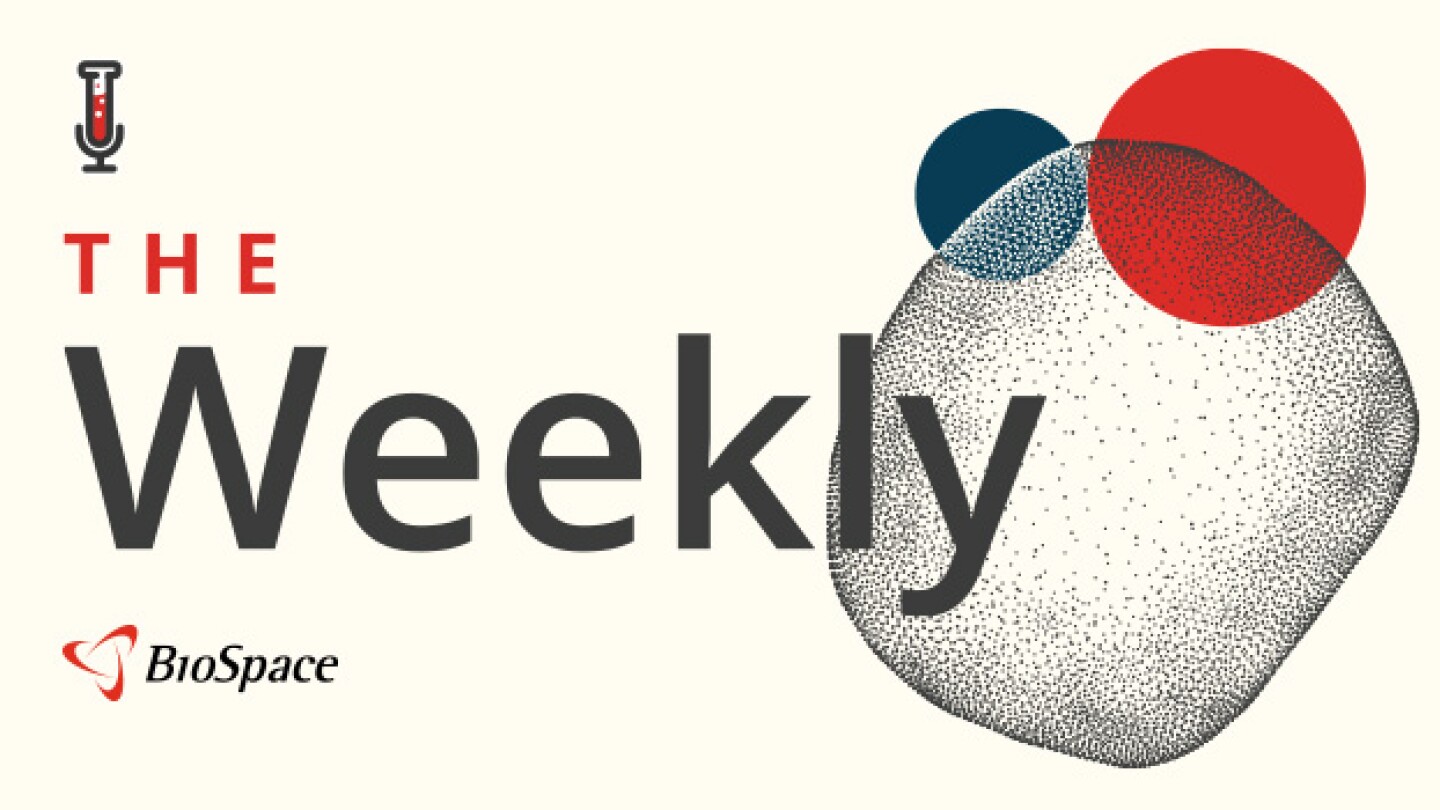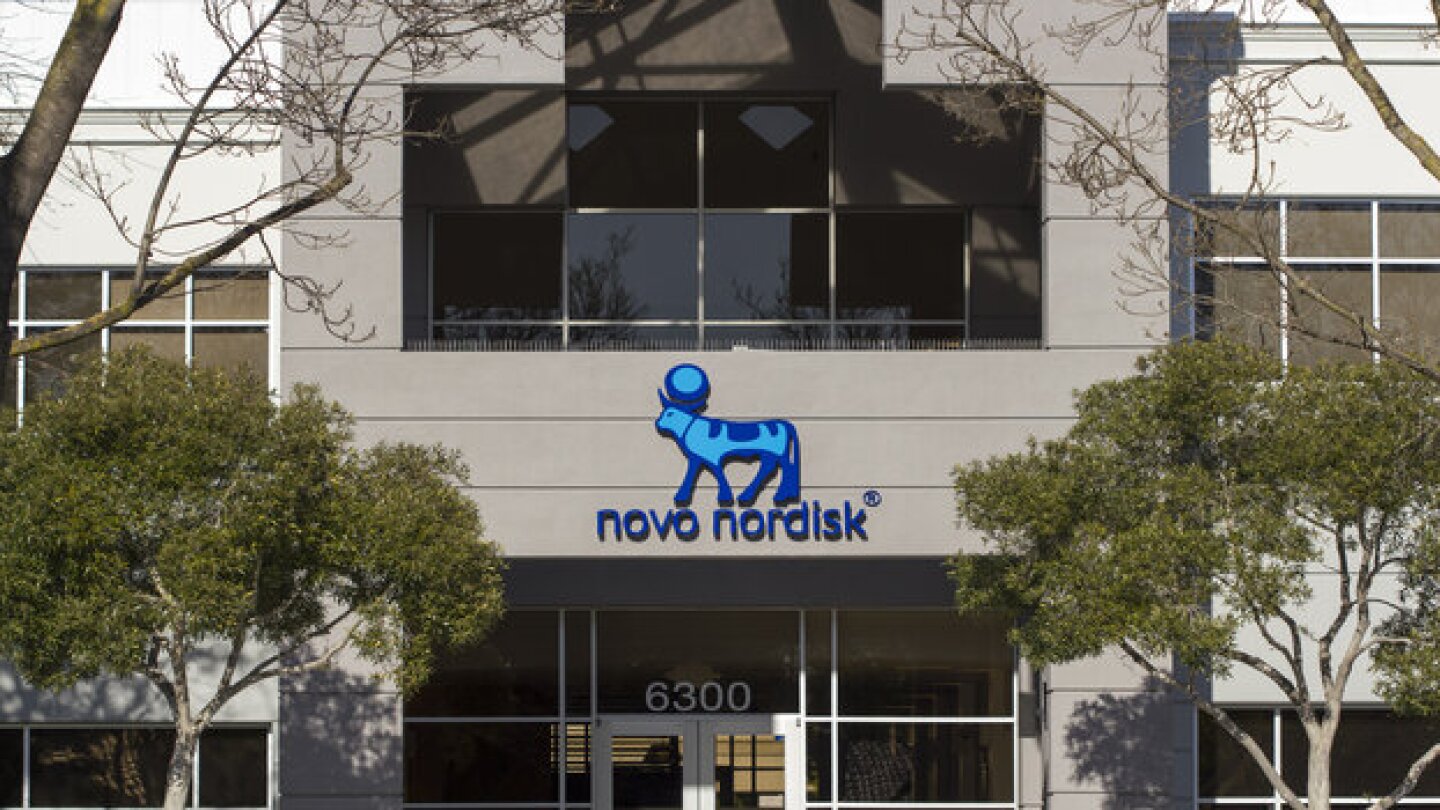Weight loss
Amid growing concern of the overuse and misuse of obesity drugs, the UK’s pharmacies regulator rolled out stricter guidelines for online pharmacies selling medicines including Novo Nordisk’s Wegovy and Eli Lilly’s Mounjaro.
The U.S. Centers for Medicare and Medicaid Services has named Novo Nordisk’s Wegovy, Ozempic and Rybelsus as part of the second round of the IRA drug price negotiation program, even as the pharma challenges the program.
Donald Trump continues to make waves in biopharma; Sage rejects Biogen’s unsolicited takeover offer; the obesity space sees more action with new company launches, IPOs and fresh data; and experts get ready for an important era in the Duchenne muscular dystrophy space.
It’s been a rocky few months for BioAge Labs, which shuttered a Phase II trial of its lead candidate azelaprag Tuesday after the molecule caused liver-based side effects.
Versant Ventures continues to invest in the increasingly competitive obesity space, this time launching Helicore with $65 million and a GIP-targeting asset intended to induce higher-quality weight loss.
Patients taking Novo Nordisk’s Wegovy plus Veru’s enobosarm saw 71% lower lean mass loss than those who were taking Wegovy alone but investors await more data.
The readout comes on the heels of CagriSema’s disappointing Phase III performance, where it missed Novo’s projection of 25% weight reduction.
Biopharma executives shared their thoughts on the potential impacts of the new administration; Annalee Armstrong recaps JPM and her talks with Biogen, Gilead, Novavax and more; Wegovy’s higher dose induces more weight loss; AstraZeneca and Daiichi Sankyo’s Dato-DXd scores its first FDA approval.
The data suggest the high dose nearly closes the efficacy gap with Zepbound.
JPM25 is in full swing as several pharma powerhouses—including Merck, Lilly and Amgen—detail their strategies for growth in the coming year.
PRESS RELEASES









